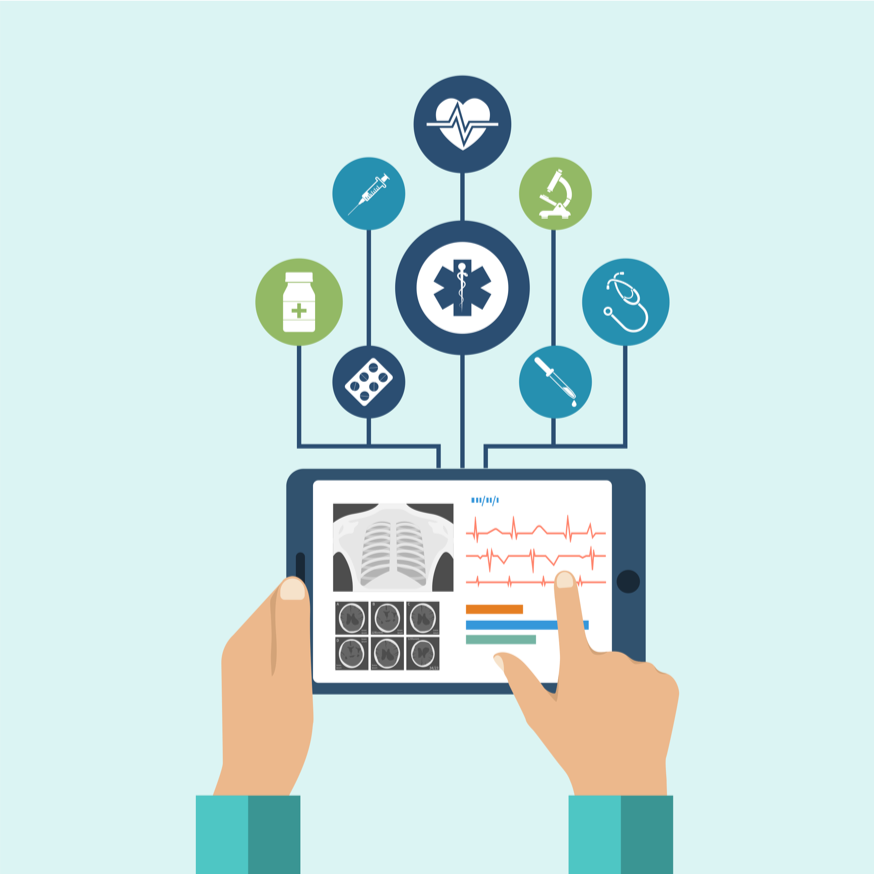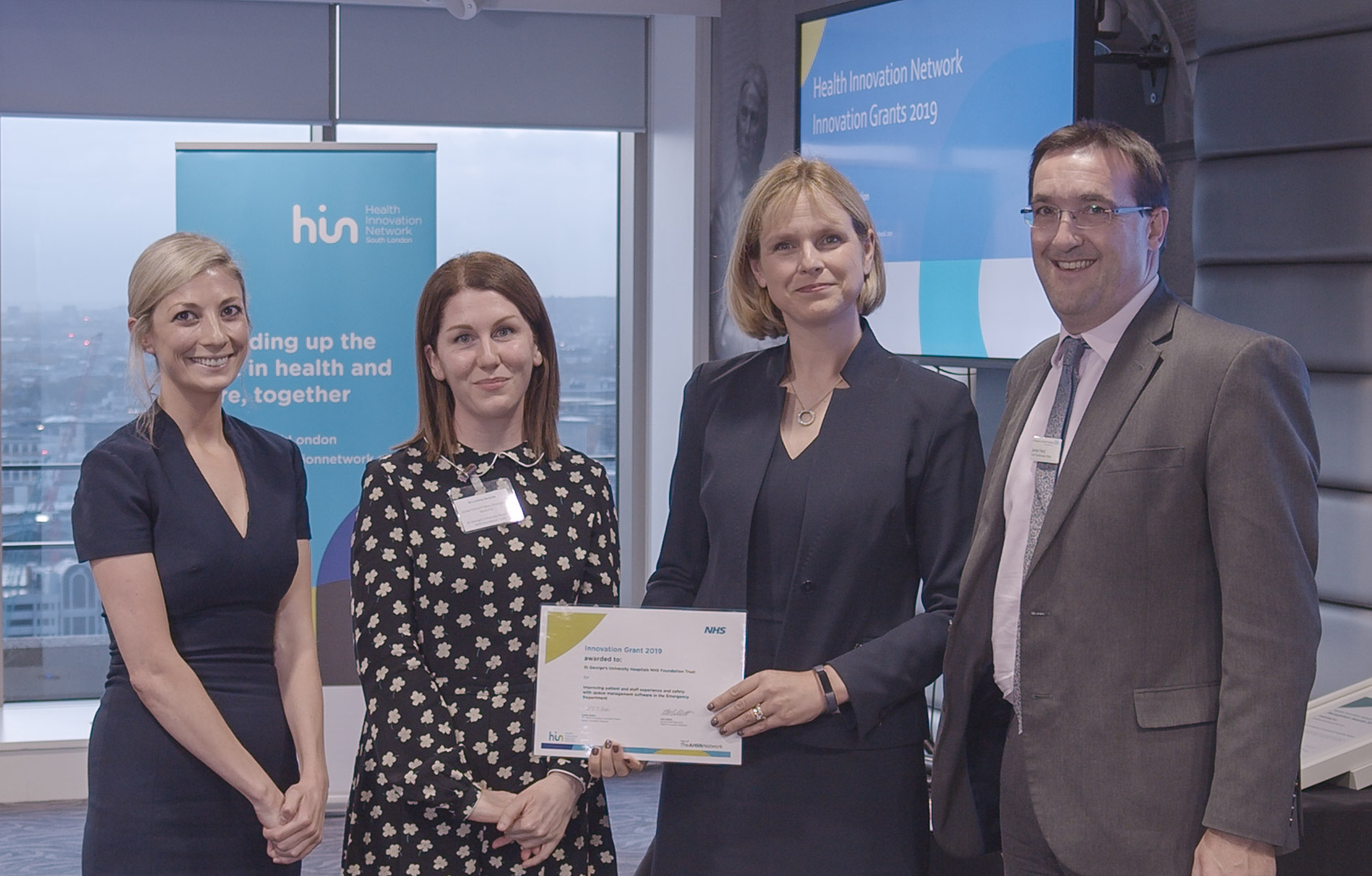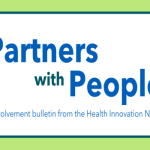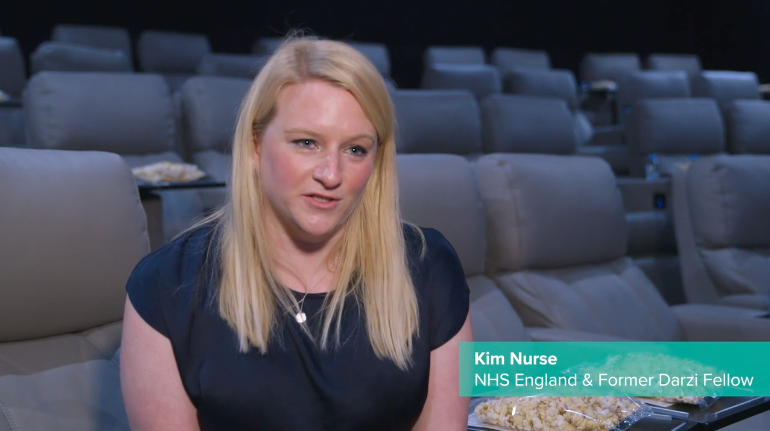DigitalHealth.London Accelerator opens for applications today
Call-out for the next generation of digital innovation to transform health and care

Digital products and services are currently providing vital innovation, support and capacity to the NHS during the response to Covid-19. Today, DigitalHealth.London opens applications to their flagship Accelerator programme for the next generation of digital health companies to transform health and care.
Now in its fifth consecutive year, the NHS-delivered programme, funded in part by the European Regional Development Fund, has supported some of the biggest and most effective digital innovations being used by the NHS in London. Companies including LIVI, Patchwork Health, Echo, Sweatcoin, Health Navigator and Perfect Ward have all been through the DigitalHealth.London Accelerator programme. From enabling remote GP appointments, to transforming NHS temporary staffing and patient-facing self-management apps, the Accelerator has supported some of the best digital innovations now being widely used. Whilst the health and care system is under pressure like never before, the need for innovations to solve problems both today and in the future remains vital.
To date, the Accelerator has supported 105 innovative digital health companies, with 160 additional NHS contracts signed by those companies. For every £1 spent on the programme, it is estimated over £14 is saved for the NHS*.
Sara Nelson, Programme Director, DigitalHealth.London Accelerator, said: “Never before has the need for the right digital innovations to be delivering for our NHS and patients been so profound. Digital health products are introducing new ways of doing things and enabling key services to continue where they might otherwise have been cancelled or postponed. We are extremely proud of the companies and NHS organisations we have worked with over the past five years. Today, we are excited to accept applications for the next cohort of innovators. With the growing need for safe and effective digital innovations, we are looking forward to working with innovators and the many NHS staff and patients across London’s health and care sector who have recently been inspired by technology and its potential.”
Anna King, Commercial Director, Health Innovation Network, one of the founding partners of DigitalHealth.London said: “The DigitalHealth.London Accelerator programme remains one of the most influential programmes of its kind, supporting fast-growing, high-potential digital health businesses. It is also helping London establish its place as one of the most exciting and innovative digital health and care hubs in the world, with scope to develop, validate and scale innovations. I’d urge any digital health innovator who has a product or service that could support the NHS to consider joining this programme.”
Theo Blackwell, Chief Digital Officer for London, said: “I am delighted to continue to support the Accelerator as it opens for applications again, and I am looking forward to the next group of innovators bringing their products and services to Londoners. The programme’s work ensures that London is at the forefront of digital innovation and is vital to building a future where its citizens benefit from the latest technologies to support their health.”
Tara Donnelly, Chief Digital Officer, NHSX, said: “The DigitalHealth.London Accelerator is part of a digital revolution in the NHS that continues rapidly to develop, and we will continue to support innovative organisations delivering ground-breaking work.
“This programme has established itself as an important player in supporting the NHS and social care to make the most of the opportunities digital health tech offers.”
Anas Nader, Co-Founder, Patchwork Health, Accelerator programme 2019-20, said: “We’re so proud of how widely our technology has already been embraced across the NHS and the impact we’re having on the lives of thousands of clinicians. We were delighted to join the 2019-20 cohort of DigitalHealth.London’s Accelerator, a brilliant programme speeding up adoption of digital health innovations in the NHS. The programme has provided us with opportunities to connect with industry experts as well as other health tech innovators. I’d encourage companies like ours with good ideas and big ambitions to apply.”
Joachim Werr, CEO, Health Navigator, Accelerator programme 2018-19, said: “The most valuable thing we experienced on the DigitalHealth.London Accelerator programme was the connections made with executives and decision makers within NHS organisations, and with central NHS policy makers, for example in NHS England and NHS improvement. Our NHS Navigator, combined with the expertise within the Accelerator’s network, have helped us reach the people that can make change happen in the NHS. We’d like to wish all companies applying good luck in what is a hugely competitive and valuable programme.”
DigitalHealth.London’s Accelerator aims to speed up the adoption of technology in London’s NHS, relieving high pressure on services and empowering patients to manage their health. It works with up to 20 high-potential SMEs over a 12-month period, giving bespoke support and advice, a programme of expert-led workshops and events and brokering meaningful connections between innovators and NHS organisations with specific challenges. The companies that are successful in getting onto the Accelerator programme are chosen through a rigorous and highly competitive selection process, involving expert NHS and industry panel assessments, interviews and due diligence checks. Companies that have a product or solution that is well-defined and are ready to start building their evidence base are likely to benefit the most from the type of support offered through the programme. Throughout the 12 months, the programme focuses on engagement with different elements of the health and care system. Company suitability is assessed based both on product maturity (meaning products that are ready to be trailed or bought that have high potential to meet NHS challenges) and on the company’s capacity to benefit from the programme (meaning companies have enough time and staff to engage).
For more information and how to apply, click here.
Share this Post










